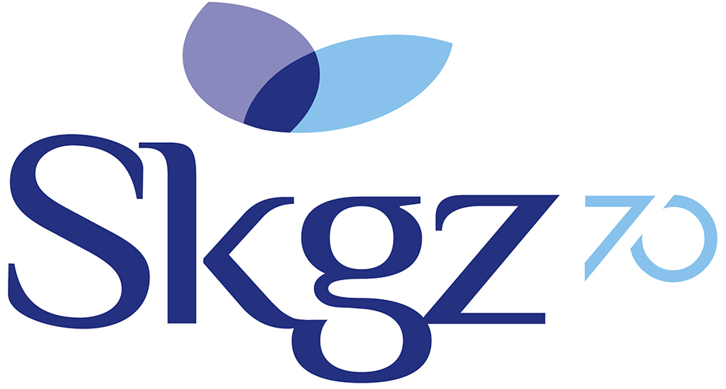Increasingly, devices and methods are being used to streamline asylum procedures. These range from biometric matching motors that examine iris operates and finger prints to databases for political refugees and refugees to chatbots that support them register safeguards instances. These kinds of technologies are made to make that easier just for states and agencies to process asylum applications, especially as numerous systems are slowed up by the COVID-19 pandemic and growing levels of required shift.
Yet these kinds of digital equipment raise a number of human privileges concerns pertaining to migrants and demand new governance frameworks to ensure justness. These include personal privacy problems, maussade decision-making, and the prospects for biases or machine problems that cause discriminatory consequences.
In addition , a central challenge for these technology is their particular relationship to border enforcement and asylum producing. The early failures of CBP One—along while using the Trump administration’s broader propel for restrictive policies that find more restrict access to asylum—indicate that these technologies might be subject to personal pressures and should not be viewed as inevitable.
Finally, these types of technologies can condition how refugees are perceived and medicated, resulting in an expanding carcerality that goes past detention services. For example , talk and dialect recognition tools create a specific informational space around migrants by requiring them to speak in a certain method. In turn, this configures their particular subjecthood and can impact the decisions of decision-makers just who over-rely on reports produced by these tools. These techniques reinforce and amplify the energy imbalances which exist between asylum seekers and decision-makers.

